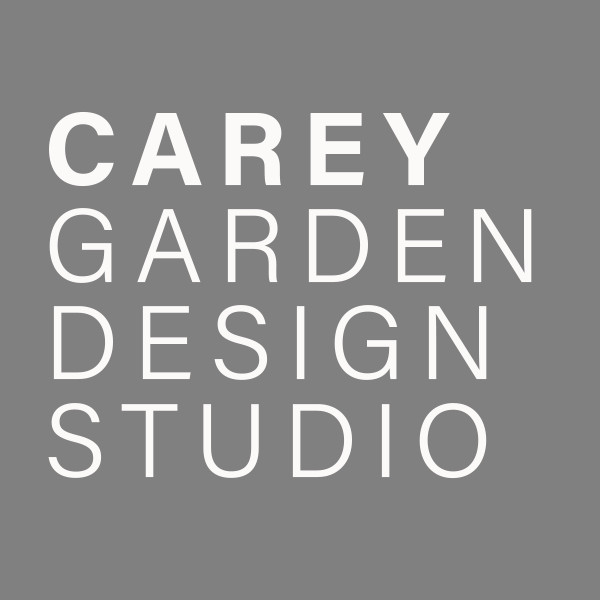What are Cottage Garden Plants?
“I like cottage gardens”
What does this actually mean? Are we all speaking the same language when we say that something is a cottage garden? Is it a broad spectrum, or do we have some hard and fast ‘rules’ about what makes a garden planting scheme classically cottage?
Hello, this is Laura here - talking about my favourite thing - plants.
We have found that when speaking to others about their garden, there is an assumed universal language (no, not latin) that we all use when describing a particular style. Terms like: Modern, Contemporary, Formal, Prairie, Japanese… and right at the top is the Cottage Garden Style.
In our own work as designers, we don’t tend to fixate too much on the defined styles according to Pinterest (!). However, we find it useful to ask clients what they actually mean when they say they like a certain style. It helps to unpick what it is about that aesthetic that they actually like.
Over the years, I have found ‘cottage planting’ to be one of the most misunderstood of the classic styles. If it were possible to go up to a garden design vending machine, and ask for a cottage garden - with no follow up questions - you might just get a surprise.
Wikipedia will tell you that “cottage gardens use informal design, traditional materials, dense plantings, and a mixture of ornamental and edible plants. English in origin, it depends on grace and charm rather than grandeur and formal structure”.
In reality, a true cottage garden will feature deep beds with fantastic displays throughout the summer. Anuals and biennials, sowing in greenhouses and potting on and keeping things in coldframes - these are gardens that are high maintenance by design. The quintessential plants you might find in a cottage scheme will likely need sewing from seed, deadheading, dividing, lifting and possibly protecting in the colder months. This is true of many plants of course - however in a cottage garden, you might find that winter structure is lacking (that’s the grandeur and formal part).
The origin of the cottage garden was born of an era where people made their small gardens productive. Whether through growing crops, herbs or keeping bees and livestock - the informality of cottage gardens came about through ornamental native plants being grown in amongst more purposeful edibles. Cottage gardens weren’t just for looking at - they were something that needed to be worked - and at quite a pace to keep up with the seasons.
There’s a new trend on the scene at the moment, called ‘Edimentals’ (more on that another day). This is where plants that are both ornamental and edible are used to create both visual delight and purpose (eating!). This is perhaps more true to the essence of the cottage garden style.
The wide range of well known cottage gardens in the UK (such as Hardy’s Cottage, Hidcote Manor Gardens and Anne Hathaway’s Cottage) tells you that this style is not exactly the same in each setting. Where one garden might be a response to a quaint thatched dwelling, another will wrap around the grandeur of a Manor House, forming part of a more formal setting. The application of the cottage garden fundamentals is incredibly varied. This is what makes garden design so exciting - the rules are there to be broken!
What do most people mean?
So - based on my experience, most people who say they like the cottage garden style are actually looking for:
A mix of herbaceous plants, attracting wildlife and planted in a naturalistic style.
Colour in their garden from April - August
Seed heads in autumn and winter structure (shrubs, evergreens etc)
Some required maintenance… but not on their hands and knees all spring and autumn.
My planting favourites for this style are usually:
- Lavandula angustifolia ‘Hidcote’
- Rosa ‘Emily Brontë’
- Echinacea purpurea 'Magnus'
- Geranium ‘Rozanne’
- Digitalis x mertonensis
These five plants are all hardy and perennial - meaning they’re suitable for the UK weather and will come back year after year (although the Digitalis might be quite short lived, however it does come back true from seed).
Is this list a true ‘Cottage Style Garden’? Perhaps not. A purist may think otherwise, and to some extent the spectrum of design styles is too broad to define in list form.
However, this is what I hear when someone tells me they like a cottage garden. (Unless I’m talking to the head gardener of Hidcote Manor, in which case we’ve entered a whole other level).


